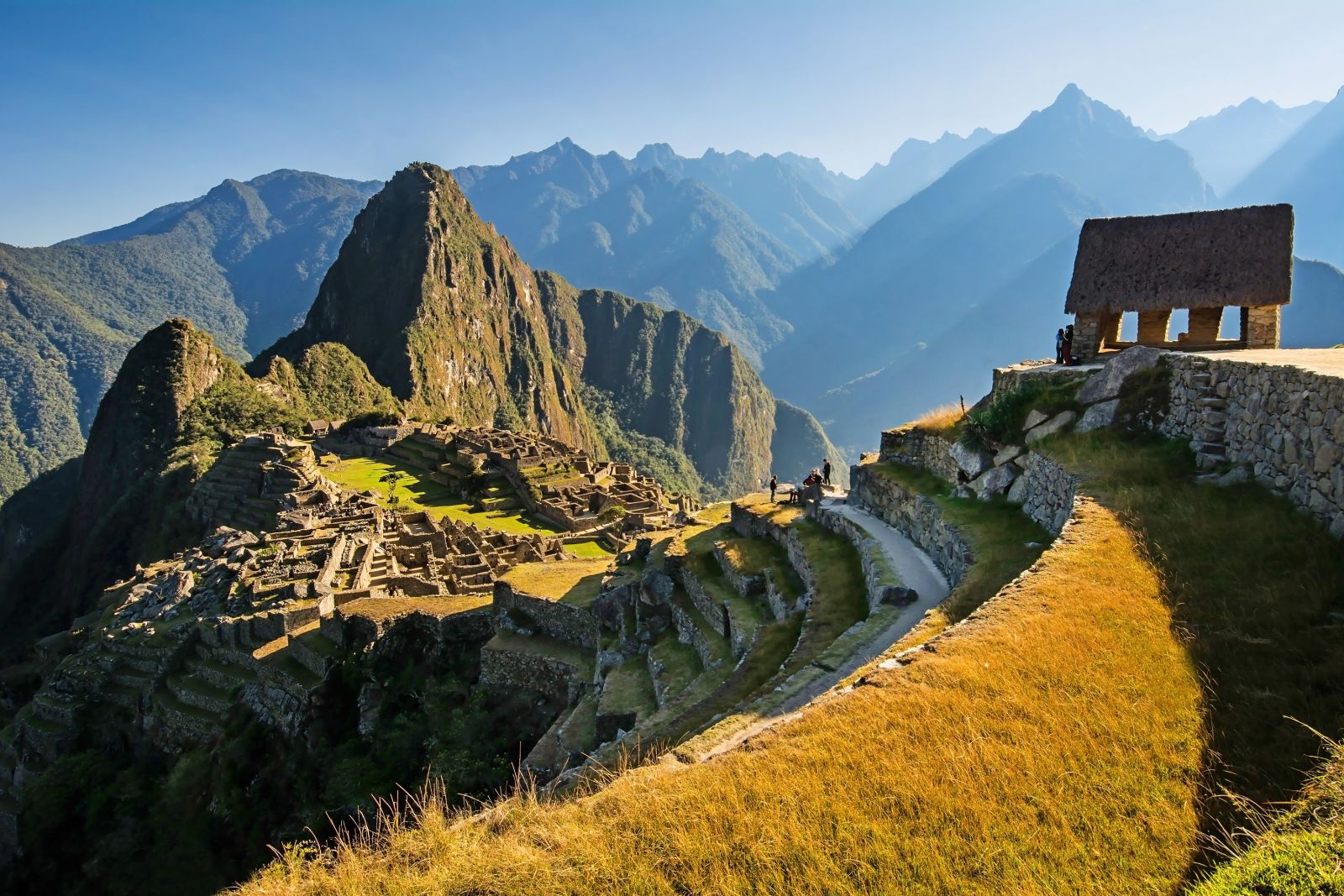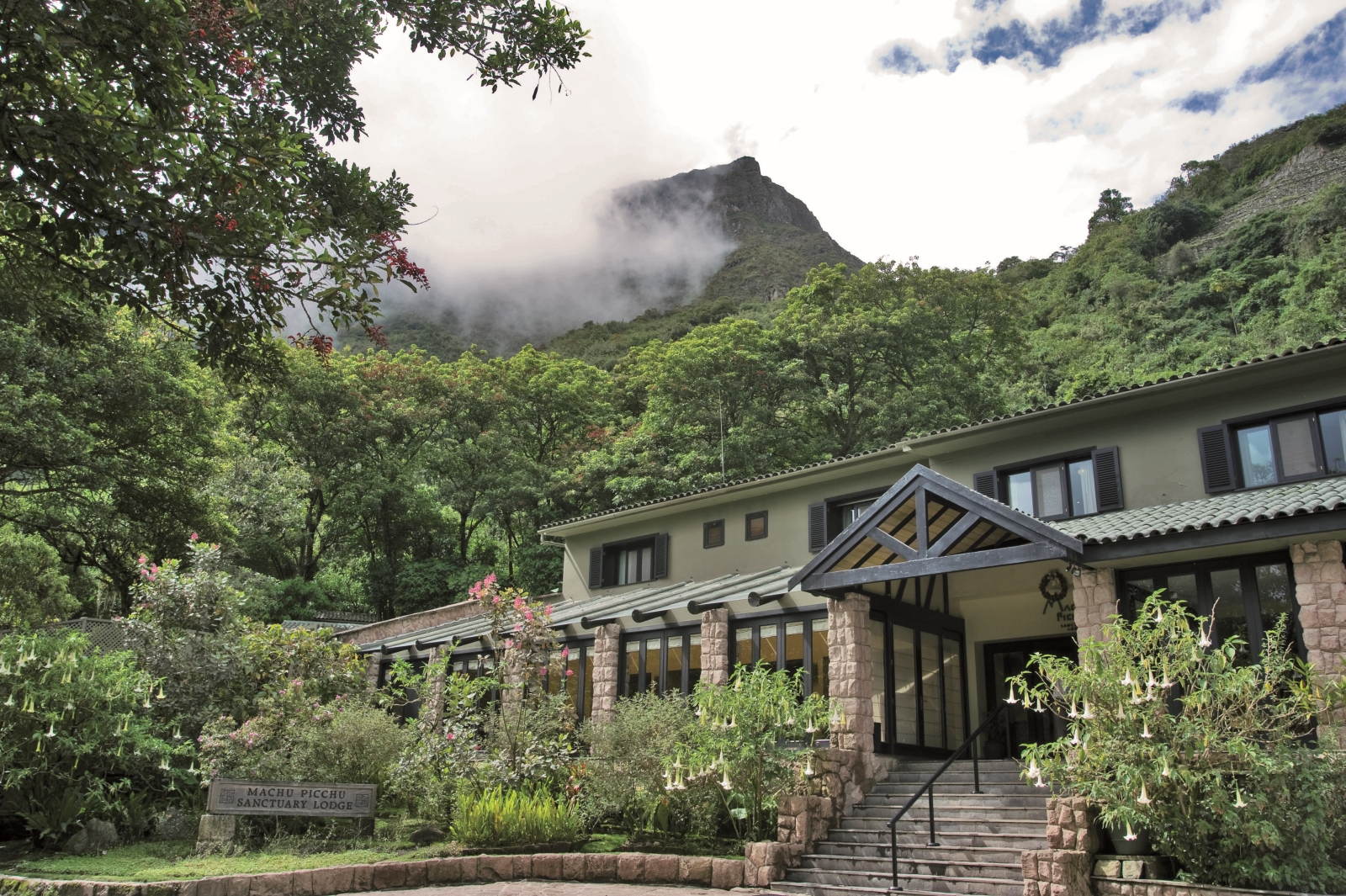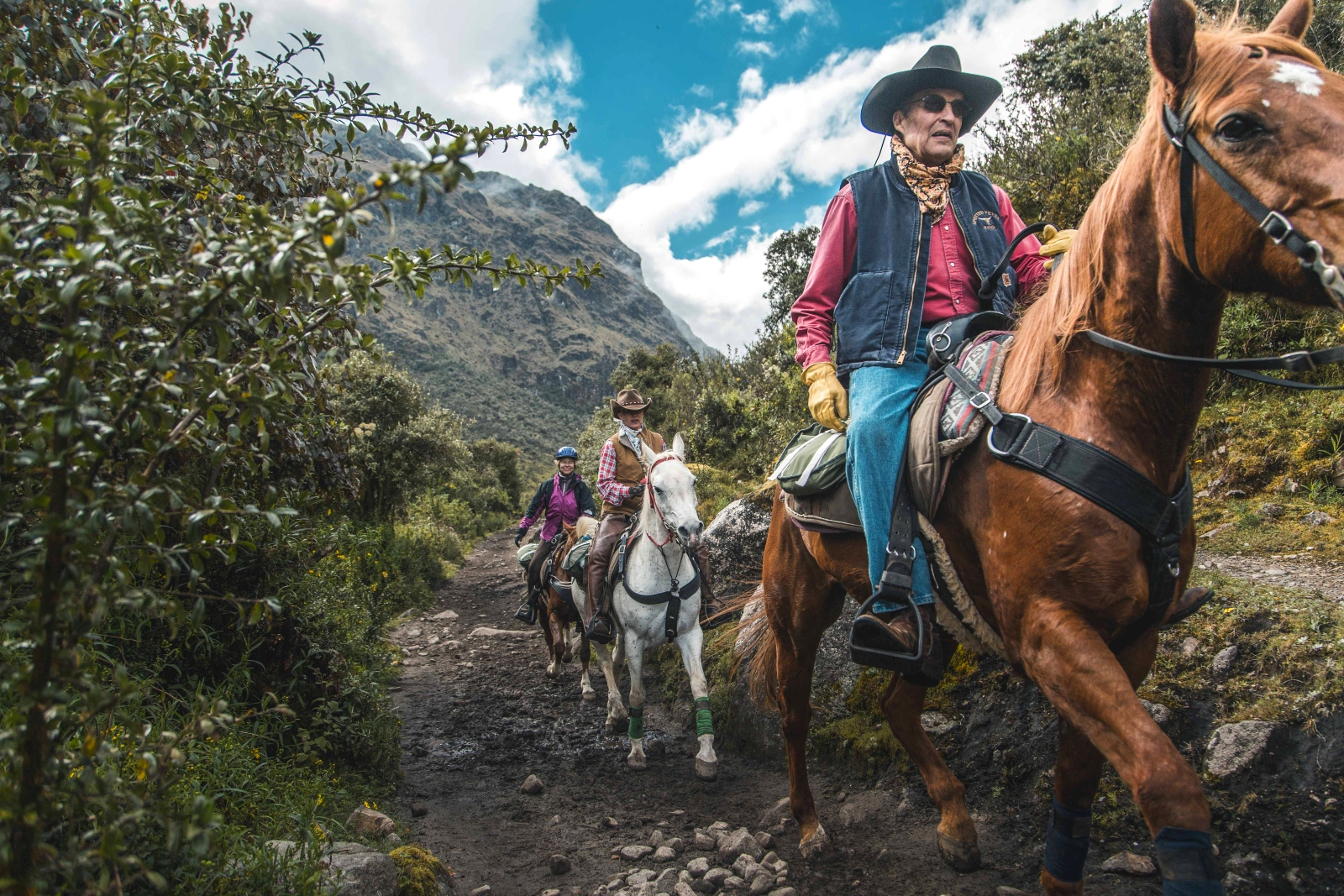Completely invisible from below and often shrouded in a thick mist concealing it from sight, there’s a tangible air of mystery to Machu Picchu, one of South America’s most important archaeological sites. Tucked high in the Peruvian Andes, it’s one of the best-preserved Incan cities on the continent, and while almost all others were destroyed during the Spanish conquest, Machu Picchu remained undiscovered. It’s a must-visit for anyone travelling to Peru, and despite the remote location, there’s no need to spend several nights roughing it in a tent to get there. Read on for the best ways to embark on a luxury tour of Machu Picchu…
ACCLIMATISE IN THE SACRED VALLEY
Before launching into your Machu Picchu adventure, we always find it is well worth spending some time in the Sacred Valley of the Incas. At lower altitude than the gateway city of Cusco, the Sacred Valley is not only the perfect spot to allow you to gently acclimatise to the higher altitude of the Andes, but it also offers a snapshot of many of Peru's most alluring attractions from Inca terraces and ruins, colourful markets and dramatic mountain scenery. The Valley is also well blessed with a fine selection of luxurious and characterful hotels, all set in verdant grounds in or around the Urubamba river valley. In addition to time exploring the Valley's cultural attractions, and the relaxing surrounds of your hotel, those seeking a little more exertion will find this region provides the perfect backdrop for more active pursuits such as e-biking, mountain biking, riding and rafting.
HOW TO GET TO MACHU PICCHU

LUXURY TRAIN - CUSCO TO MACHU PICCHU
THE BELMOND HIRAM BINGHAM
By far the easiest – and the most luxurious – way to arrive at Machu Picchu is by train. The Belmond Hiram Bingham runs between Cusco and Aguas Calientes, the town at the base of Machu Picchu; sip pisco sours at the bar as you whizz through the region’s spectacular landscapes, enjoying brunch accompanied by a live performance from Peruvian musicians. After a guided tour of Machu Picchu, afternoon tea is served in the gardens at Belmond Sanctuary Lodge. Spend the night here at the superb Inkaterra Machu Picchu Pueblo, before returning to the site the following day to see Machu Picchu in the morning light, and perhaps hike to one of the many viewpoints.
LUXURY MACHU PICCHU HIKE

Adventurous travellers should consider a luxury trek to Machu Picchu, passing along the Camino Royal, the ancient Salkantay Pass and the Llactapa Pass, through cloud forest and rural village settlements. During the trek, you’ll stay in cosy lodges with comfortable beds, crisp linens, fabulous Peruvian cuisine and outdoor jacuzzis for soaking tired limbs. Staff will even clean and dry your boots in preparation for another day of walking! Six days later, you’ll arrive in Aguas Calientes, a charming town reachable only by train or on foot and the last stop before Machu Picchu. Check into Inkaterra Machu Picchu Pueblo Hotel and stay in one of the property’s whitewashed casitas tucked deep in a private forested reserve. It’s an easy walk into town and then a bus ride up to Machu Picchu – but if you want to be first through the gates in the morning, upgrade to Belmond Sanctuary Lodge. Located just moments from the entrance to the park, here you can enjoy well-earned spa treatments in the peaceful gardens and a private sunrise breakfast overlooking Machu Picchu.
RIDING THE SALKANTAY ROUTE TO MACHU PICCHU

To really get off the beaten track, Red Savannah’s Riding to Machu Picchu itinerary is the ultimate way to avoid the crowds – and a brilliant alternative to arriving on foot. Riding along the Salkantay route, you’ll dip in and out of vast mountain passes, enjoy picnic lunches along the banks of the Santa Teresa River and stop to engage with locals in traditional villages. Each night, you’ll stay in a luxury trekking lodge with hot showers, and excellent food, setting you up for another day on horseback.
THE BEST TIME TO VISIT MACHU PICCHU
Machu Picchu is more or less a year-round destination, but the best times to visit are in spring (April to June) and autumn (September to October) when there are slightly less crowds but the weather conditions are generally still good. January and February are the wettest months so best avoided; visits are still possible during the rainy season but be prepared for reduced visibility.
To find out more, including what to pack, see our Peru Travel Advice page.












